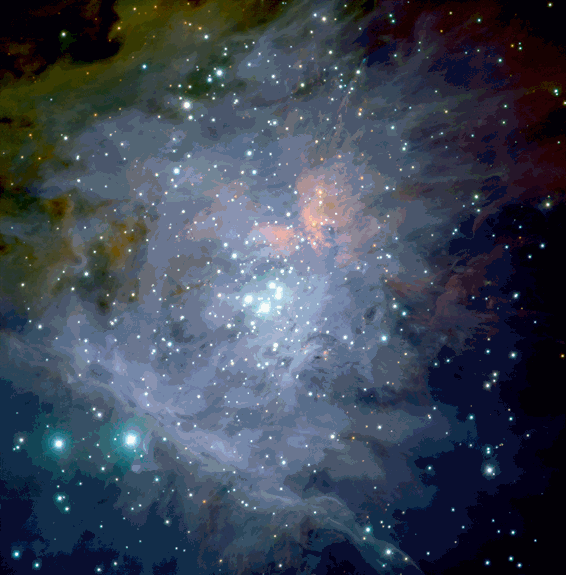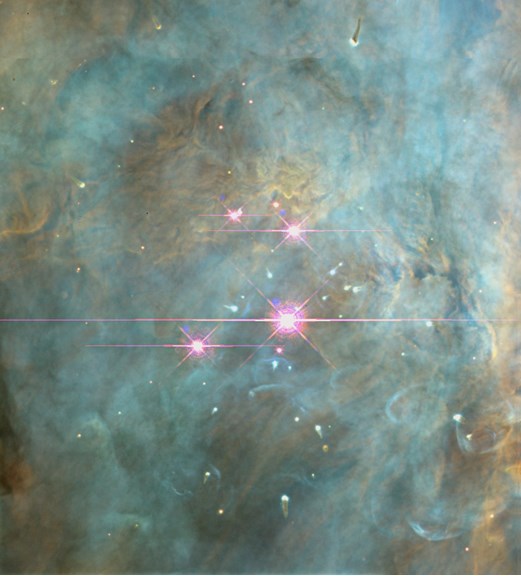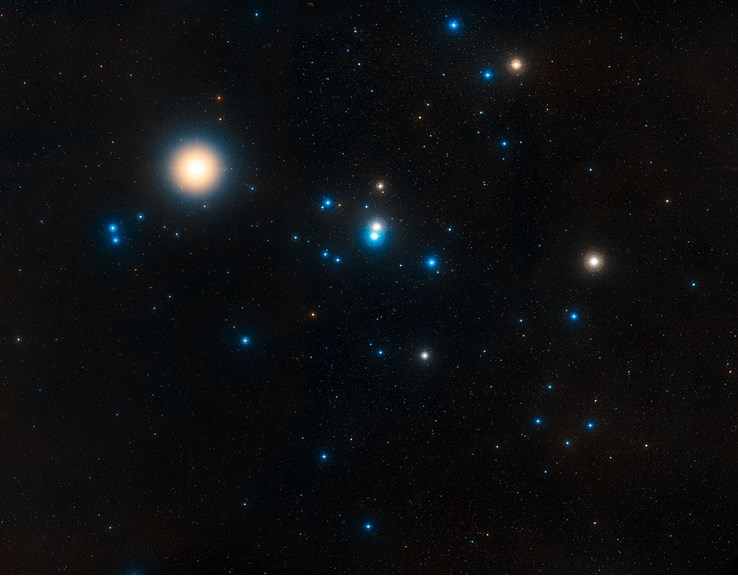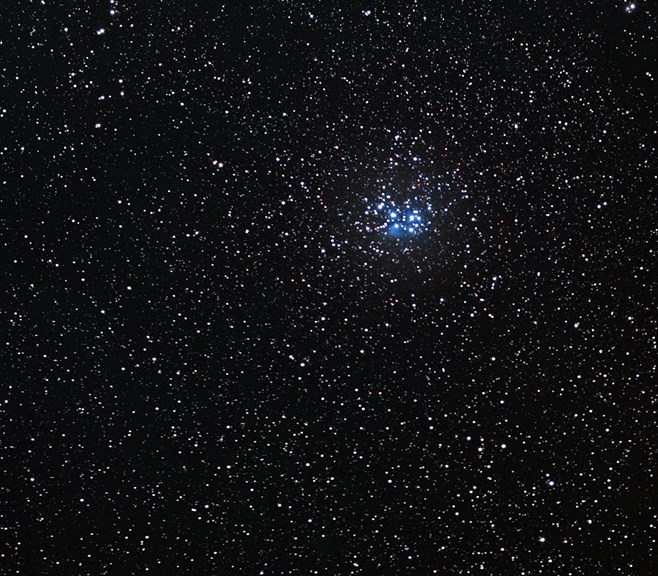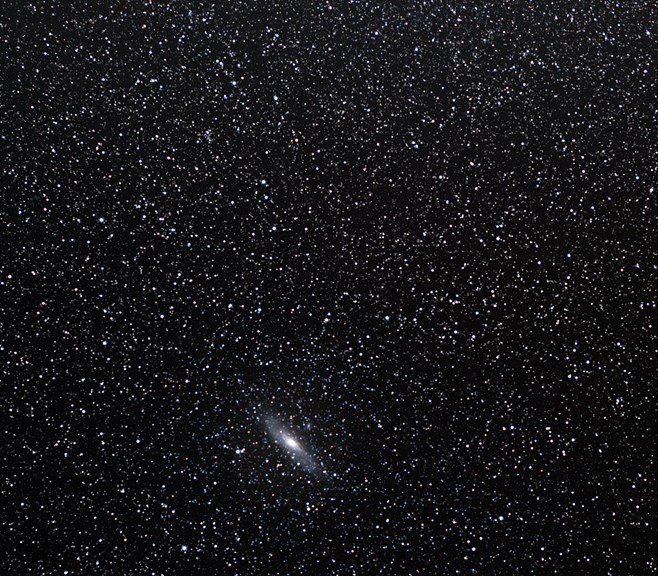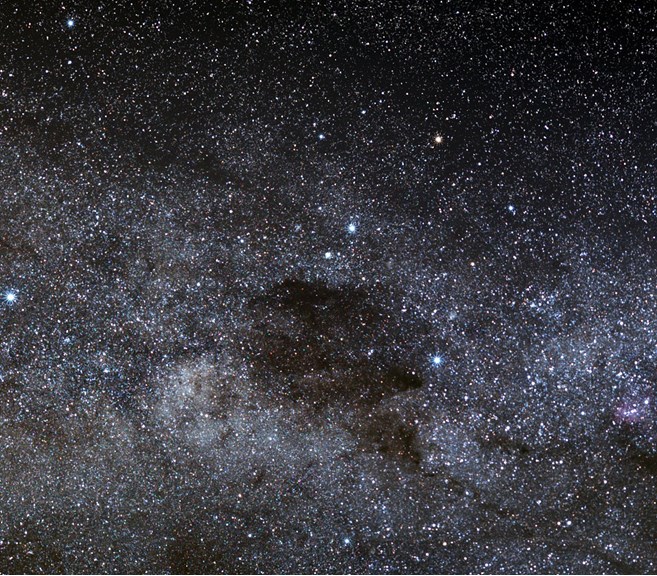Skynotes: December 2022
Upcoming events
Summer Solstice
Thursday 22 December will be solstice time again for Earth with Summer Solstice in the Southern Hemisphere and Winter Solstice in the Northern Hemisphere.
For the summer solstice the Sun will rise at its most southerly point on the eastern horizon, reach its highest elevation of the year, and set at its most southerly point in the west.
At a planetary axial tilt of 23.5 degrees the southern hemisphere will be leaning towards the sun, its rays will be almost perpendicular as they reach the ground imparting maximum solar radiation, the sun’s path will be the highest and longest of the year, and daylight hours will therefore be greatest.
Opposite conditions will apply in the northern hemisphere where it will be leaning away from the sun, sunlight will be at a shallow angle giving least warmth, the sun’s path will be low and short, and daylight hours will be the shortest of the year.
See Bureau of Meteorology - Solstices and Geosciences Australia - Solstices
Melbourne Sun times
| Date | Rise | Set | Day length | Solar noon§ |
|---|---|---|---|---|
| Thursday 1 | 5.52am | 8:26pm | 14.34 hrs | 1.08pm |
| Sunday 11 | 5.51am | 8.35pm | 14.43 hrs | 1.13pm |
| Wednesday 21 | 5.54am | 8.41pm | 14.47 hrs | 1.17pm |
| Friday 31 | 6.00am | 8.45pm | 14.44 hrs | 1.22pm |
§ When the sun is at its highest, crossing the meridian or local longitude.
Moon phases
| Date | Phase |
|---|---|
| First Quarter | Thursday 1 |
| Full Moon | Thursday 8 |
| Third Quarter | Friday 16 |
| New Moon | Friday 23 |
Moon distances
Monday 12 is lunar apogee (furthest from Earth) at 405,869 km.
Saturday 24 is lunar perigee (nearest to Earth) at 358,270 km.
Planets
Mercury, after passing behind the sun, will become briefly visible from mid-month in the south-east in early pre-dawn light. Later in the month it will become a daylight object and no longer visible.
Venus, our sunward neighbour, is close to the sun as a daytime object this month and not visible.
Mars is visible in the evening from around 9pm in the north-east. Early in the month it will be visible in the north-west until 4am and by the end of the month until 3.30am. It reaches opposition on the 8th when it will sit directly opposite the sun from Earth. On January 13 Mars will reach perigee—its closest to us.
Jupiter is bright and easy to spot from around 9pm this month in the north-west before setting at around 2am.
Saturn is faint but visible high in the west soon after 9pm but will set by midnight this month.
Meteors
This month is time for the Geminids which run from the 4–17 December peaking on the night of 13/14 December. They appear in Gemini in the north-east. Although most meteor showers result from Earth intersecting the trail of particles left by comets, the Geminids are associated with the asteroid Phaethon which orbits the sun every 1.4 years. In very dark viewing conditions you could expect 40–120 meteors per hour.
See NASA The Geminids, Meteors & Meteorites, In-The-Sky.org The Geminids
International Space Station
ISS orbits every 90 minutes at an average distance of 400 km appearing like a bright star moving slowly across the night sky. Here are some of the brightest passes expected this month over Melbourne:
Evening
Sunday 11 9.57pm–10.04pm North-North-West to East-South-East
Wednesday 14 9.07pm–9.14pm North-West to South-East
Heavens Above gives predictions for visible passes of space stations and major satellites, live sky views and 3D visualisations. Be sure to first enter your location under ‘Configuration’.
Stars and constellations
In the East
As we enter summer the night sky from north-east to south-east offers a wonderful collection of features to observe and enjoy.
Many constellations used by astronomers appear upside down from a southern hemisphere viewpoint. Being on a globe and travelling from one hemisphere far into the other will change the orientation of a star pattern. The same inverted view occurs with the face of the moon when seen from mid to high latitudes in one hemisphere compared to the other.
Directly east is Sirius, the brightest star in the night sky and principal star in the constellation Canis Major (Greater Dog) which sits upside down with Sirius marking its shoulder.
To its left is Orion the hunter, with three bright stars in an unmistakeable line forming his belt. From our southern view the belt stars are from left to right Alnitak, Alniham and Mintaka.
Hanging from his belt to the upper right is his scabbard containing a ‘fuzzy star’—the beautiful Orion Nebula—which is vast region of gas undergoing active star formation. It is 1500 light years away and illuminated by young hot stars deep in its interior known collectively as The Trapezium Cluster. Their energy output is blowing or carving out a bowl-like region in the centre of the nebula.
Below the belt stars in Orion are two bright stars that are his shoulders or armpits. One is the red giant star Betelguese to the right and the other is Bellatrix to the left. Above the belt are his feet or ankles marked by the blue giant star Rigel to the left and the star Saiph to the right.
Well known to many is the local asterism, The Saucepan. Being ‘right way up’ its base is Orion’s belt and its handle is his scabbard.
In the West
Aquaruius (the water bearer) sits in the north-west. Low down in the west is Saturn in Capricornus (the sea goat). In the south-west is Sagittarius (the centaur-archer). The bright star Formalhaut (Alpha Piscis Austrini) is high in the west as the brightest star in Piscis Austrinus (Southern Fish).
In the North
Taurus the bull is in the north. Look for the red giant star Aldebaran which marks the angry red eye of the bull. It is one corner of an inverted V which forms its head. However, Aldebaran lies closer to us at 65 light years than the other stars which sit at 150 light years and form the open cluster known as the Hyades.
To the left is the beautiful Pleiades star cluster or Seven Sisters.
In many widely separated cultures this open cluster is considered a group of women and the stars of Orion form a man. Is this due to a common perception regardless of culture, or have those interpretations spread as ancient humans migrated to new regions or continents taking their star stories with them?
Low in the north-west for summer is M31, the Andromeda Galaxy, the most distant object visible with the eye at 2.5 million light years. It appears as a small fuzzy patch. In very good viewing conditions you will notice its brighter core surrounded by a very faint disc. It is a spiral galaxy much like our own although larger with 1 trillion stars.
In the south
Low in the south and upside down at this time of the year is Crux (Southern Cross). The Pointers (Alpha and Beta Centauri) are to its right guiding the eye to Crux. High in the south-east are our galaxy’s neighbours, the Large and Small Magellanic Clouds, which along with the Milky Way are best seen away from areas of light pollution.
The galaxy’s dense arc of stars stretches across the sky. During the night it will ‘wheel’ across the sky with the Earth’s easterly rotation. In areas vast dark interstellar dust clouds block our view of more distant stars. Famous among them is the Coal Sack that sits beside the Southern Cross.
On this day
1st 1922, solutions to Einstein’s equations for space-time and mass-energy are developed by Alexander Friedman.
2nd 1915, Einstein’s General Relativity is published on gravity-acceleration equivalence and space-time curvature.
2nd 1971, Mars 3 (USSR) - first soft landing and return of data from Mars.
3rd 2014, JAXA explorer Hyabusa 2 (Japan) is launched to asteroid Ryugu with a planned sample return to Earth.
3rd 1973, Pioneer 10 (USA) makes the first fly-by of Jupiter and returns the first close-up images of the planet.
7th 1676, Danish astronomer Ole Remer calculates first accurate speed of light by observing eclipses of moon Io by Jupiter.
7th-19th 1972, Apollo 17 (USA): last moon mission and longest on lunar surface at 74 hours, 59 mins by astronauts Eugene Cernan and Harrison Schmitt.
7th 1995, Galileo probe (USA) makes first orbit of Jupiter after six years in transit.
8th 1977, HEAO 1 (USA), High Energy Astro Observatory, is launched into orbit.
8th 2010, SpaceX is first private company to launch, orbit and recover a spacecraft, its SpaceX Dragon.
10th 1993, the faulty optics of the Hubble Space Telescope (USA) are repaired.
11th 1863, birth of astronomer Annie Jump Canon compiler of Draper Star Catalog.
12th 1970, Explorer 42 (USA) satellite is launched to study x-rays.
14th 1546, Danish astronomer Tycho Brahe, whose data aided Kepler in his laws of planetary motion, is born.
14th 1962, Mariner 2 (USA) is first probe to fly past Venus.
15th 1970, Venera 7 (USSR) is first probe to land safely on another planet, and first to return data, when it arrived at Venus.
21st 1988, Cosmonauts Vladimir Titov and Musa Manarov make longest space flight (365 days, 22 hours, 39 min) on Soviet space station Mir.
21st-27th 1968, Apollo 8 (USA) first manned craft to orbit the Moon—10 orbits at 110km from the surface, imaging landing sites and the iconic ‘Earthrise’ photo.
24th 1979, ESA’s first launch vehicle Ariene 1 (France) orbits its first test satellite CAT1.
27th 1571, discoverer of laws of planetary motion, Johannes Kepler, is born.
28th 1612, Neptune is observed for the first time but mistaken as a star by Galileo.
30th 1924, astronomer Edwin Hubble (USA) announces faint ‘nebulae’ are actually galaxies beyond our own.

